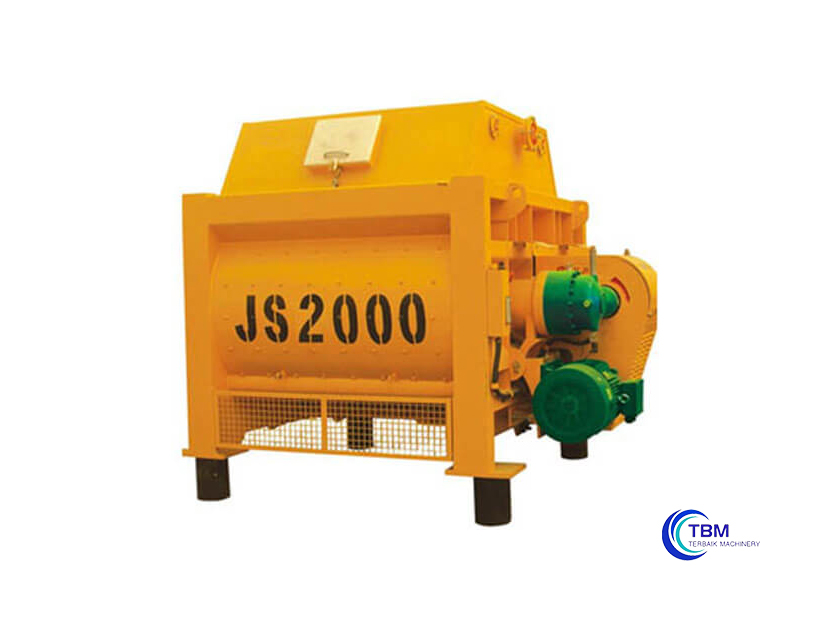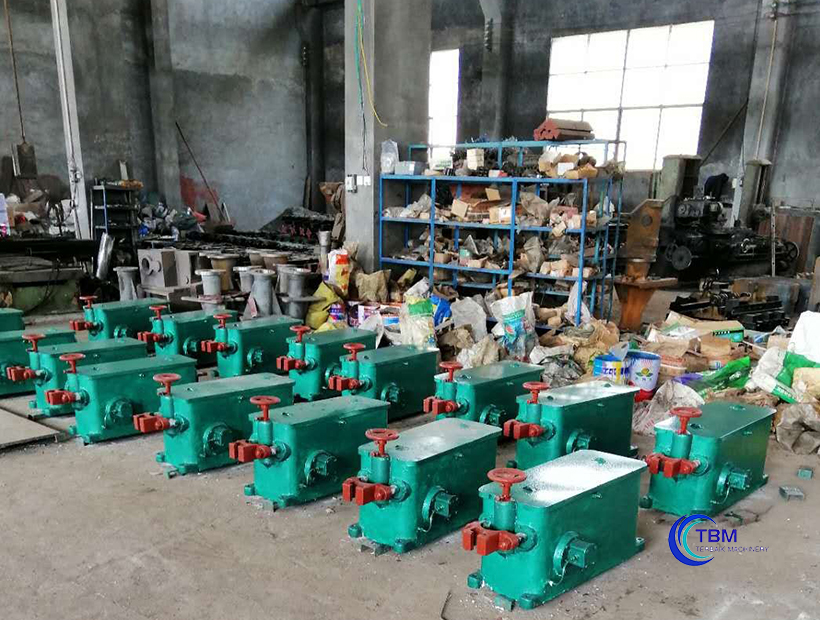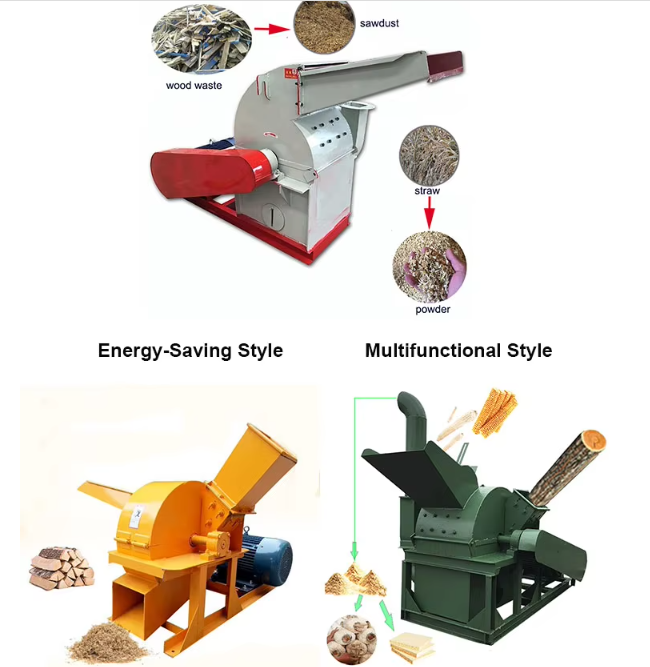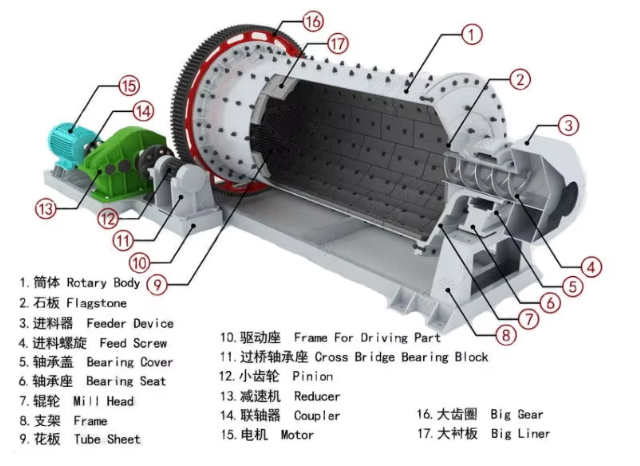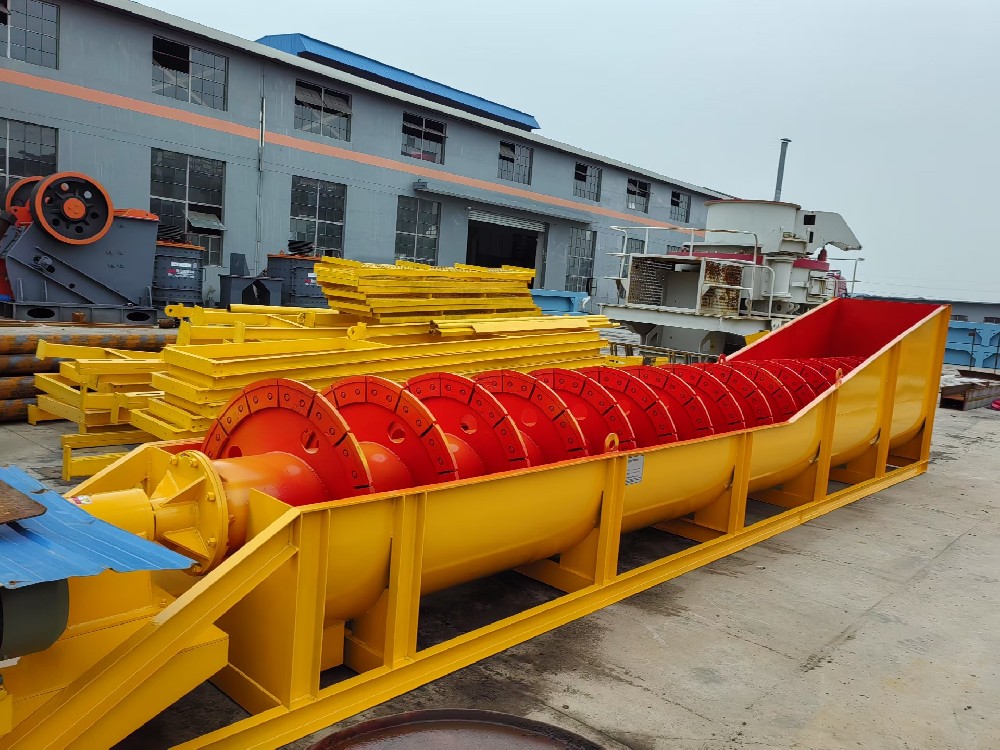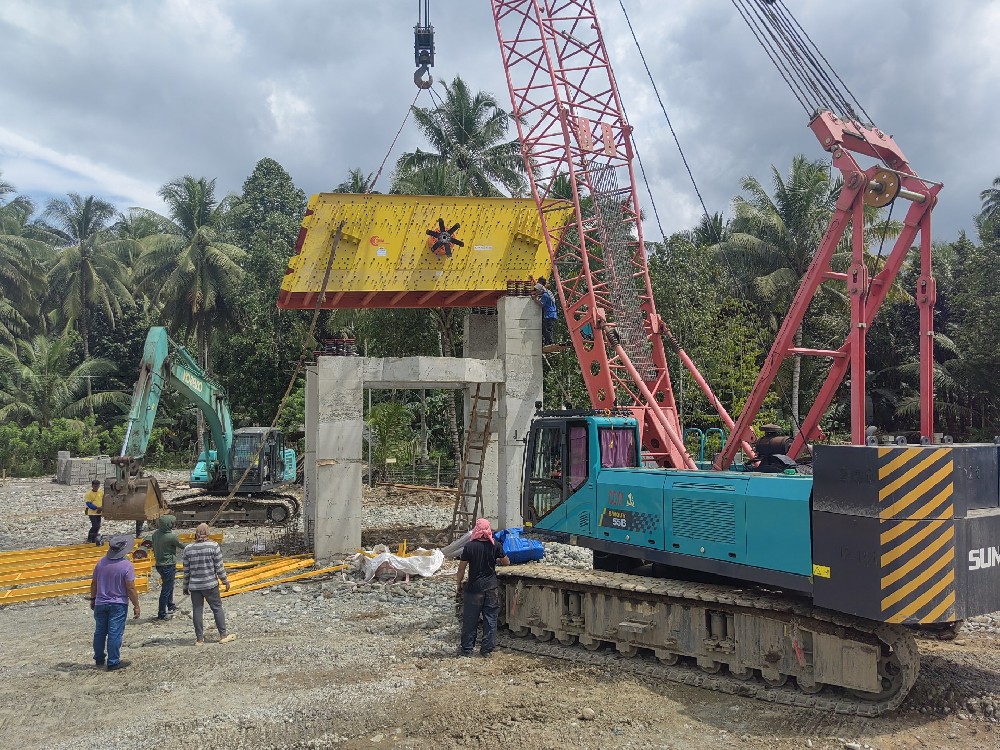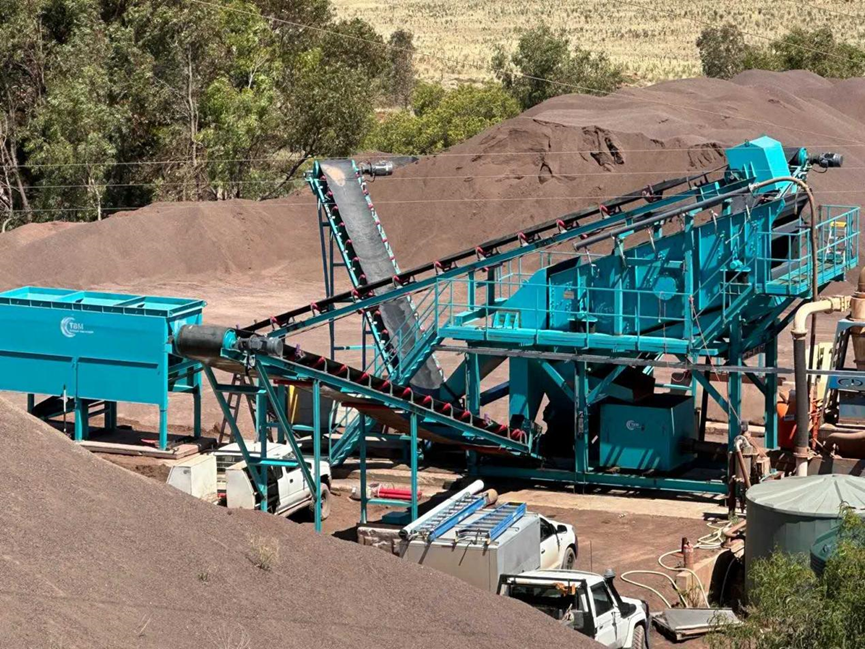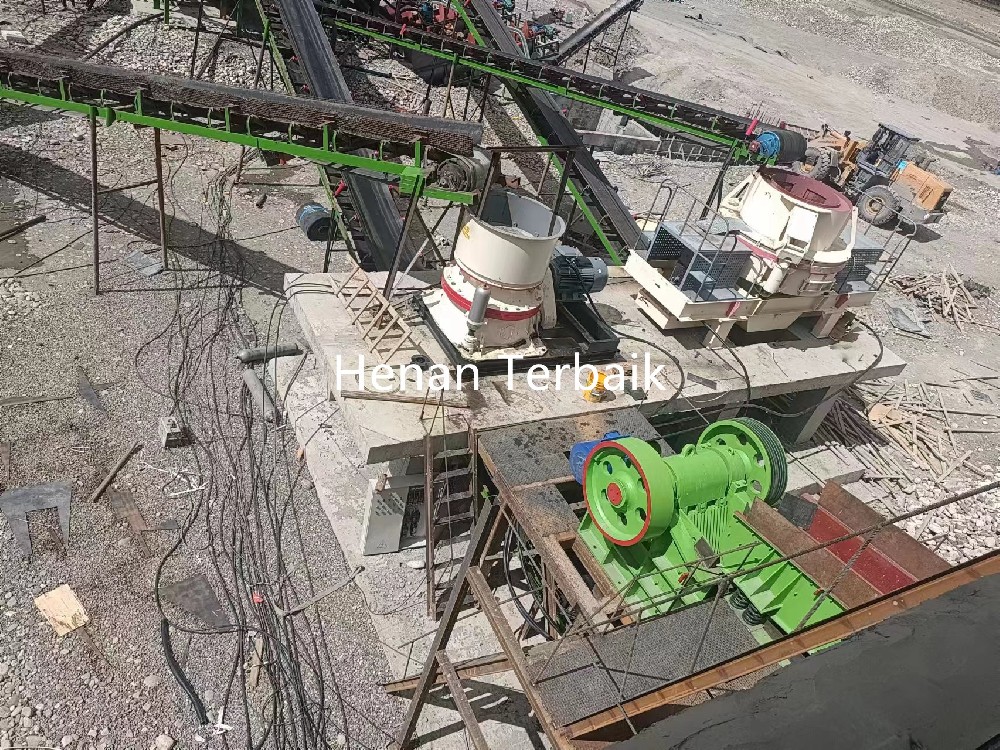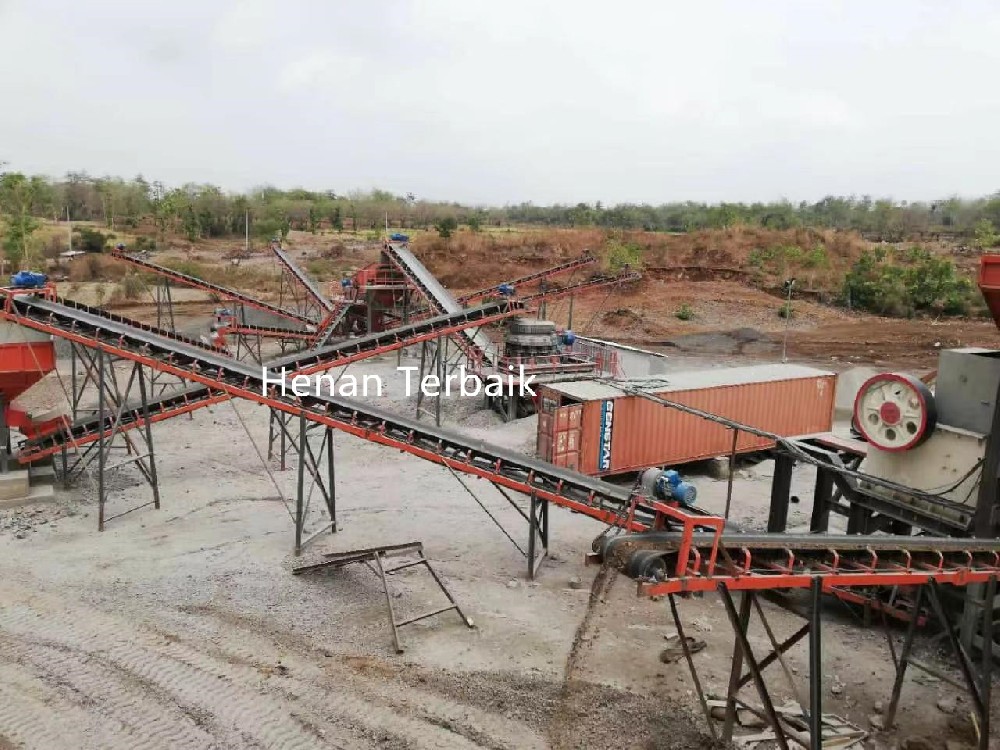Is It Cheaper to Mix Your Own Concrete?
One of the most common questions in construction is whether mixing your own concrete is more cost-effective than buying ready-mix concrete. The answer depends on factors such as project size, labor availability, and material costs.
Advantages of Mixing Your Own Concrete:
✔ Cost Savings – If you have access to affordable raw materials, self-mixing can be cheaper.
✔ On-Demand Supply – You can mix only what is needed, reducing waste.
✔ Quality Control – You have control over cement, water, and aggregate ratios.
When Ready-Mix Concrete is a Better Option:
✔ Large Projects – For high-volume needs, ready-mix concrete saves time and labor.
✔ Consistent Quality – Pre-mixed concrete ensures uniform composition.
✔ Reduced Equipment Costs – No need to invest in mixers, storage, and transport equipment.
For small to medium projects, using a JS2000 Concrete Mixer or JS1500 Concrete Mixer can optimize cost-efficiency while maintaining high-quality concrete production.
What is the 4-2-1 Rule for Concrete?
The 4-2-1 rule is a standard mix ratio used in concrete production, ensuring optimal strength and durability. The ratio represents:
✔ 4 Parts – Gravel or crushed stone (coarse aggregate)
✔ 2 Parts – Sand (fine aggregate)
✔ 1 Part – Cement
This mix ratio is commonly used for general-purpose concrete applications, such as foundations, pavements, and structural components. A high-performance concrete mixer, like the JS2000 Concrete Mixer, ensures uniform mixing and proper material distribution, resulting in strong and durable concrete.
How Many 80lb Bags of Concrete Can You Mix in a Mixer?
The number of 80lb (36.3kg) bags that can be mixed at once depends on the mixer's capacity.





